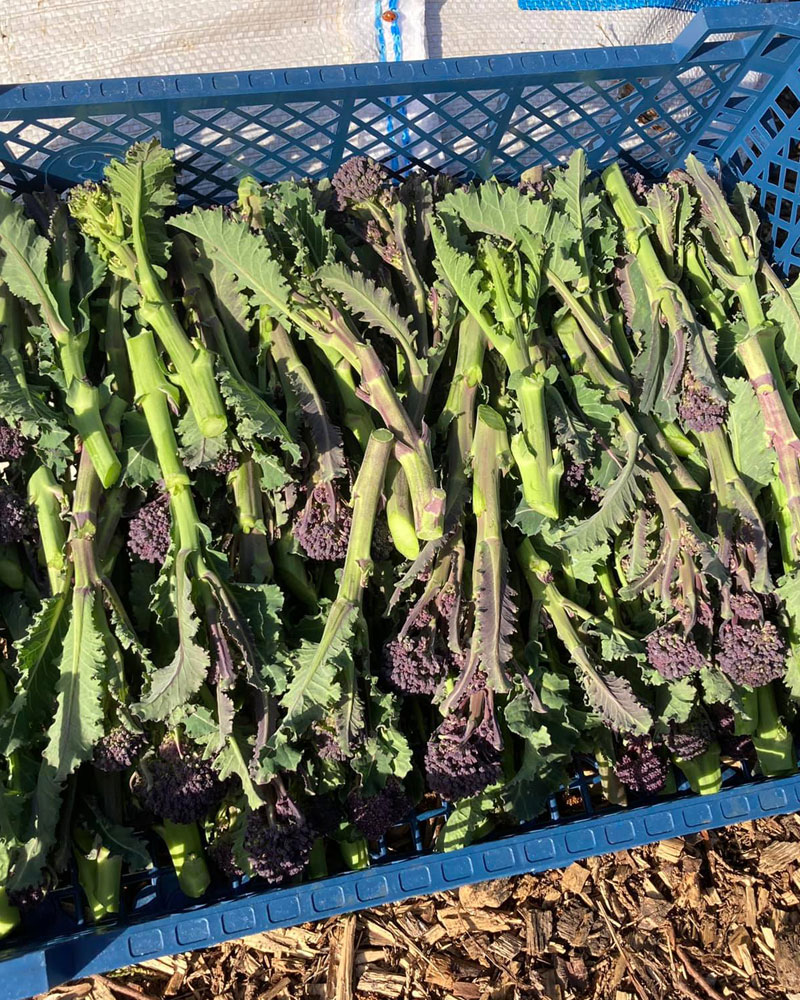April 2022
It’s fair to say that the potager garden is coming back to life after the cold winter months and the snap frost we endured just a couple of weeks ago.
However, it hasn’t stopped us taking kilo upon kilo of tender stem broccoli and radishes to the chefs.
Nor has it stopped us making sure the grounds and borders around the hotel have been alive with colour – to be enjoyed by the weddings and parties that have been returning to our little corner of Sussex.
Unfortunately, it has also not stopped those nasty, slimy molluscs that feed on the young and tasty seedlings, for the tender flesh of a new plant is music to the rasping mouths of my nemesis.
We’ve done battle over the years, and although I am hugely outnumbered, my many tactics are winning not only the daily war but the annual battle. I am, of course, talking about the slow-moving and sinister slug.
Here’s some anti-slug advice. First of all, ditch the chemical pellets – not only do they leave a chemical residue in the ground, but those nice predators that eat slugs will be sick or worse if their dinner is riddled with the chemical metaldehyde. No wonder they’re being banned.
Instead, try these tactics.
1: Phasmarhabditis hermaphrodita – otherwise known as the slug-killing organic nematode. Readily available, these microscopic worms are watered into the ground and will hunt down and eliminate slugs in the ground.
2: Beer traps – like many of us, a slug loves a beer at night – but if you lace said beer with salt, it’ll be their last tipple. Traps can be bought from any nursery, but you can also make them yourself.
3: Copper barriers – an intrepid slug will get a nasty shock from a copper barrier and turn back. Be it a stick-on tape around a pot, or the more sustainable copper ring around a seedling.
4: Night time rounds – venture out after dark with a torch and jar of salt water, plucking the little blighters off the most vulnerable of plants and sending them to a watery grave. In particular, my lupins and dahlias are party-central.
5: Friends with benefits – there are natural predators who like a slug or two, namely the hedgehog. Leaving areas of your garden to go wild, or building a sheltered area, can encourage the prickly pears into the garden.
6: Help from within – if you come across a leopard slug, leave it be! They will not eat your new plants, rather other slugs. It’s like having a spy within the slug community!
This is not an exhaustive list, there are many old wives tales that have been passed down the line, some may work, some may not.
My old mentor swore by laying tuppence pieces around seedlings – I tried it with 1p and 2p pieces, only to find slugs partying on them the next night!
But…. whatever method I use, I always leave one slug to slither off and give a message to his friends – ‘Enter Crouchers’ garden at your own risk.’
The same does not apply to guests however, you are more than welcome to come and visit us down at the shed.
~ Tim


